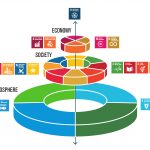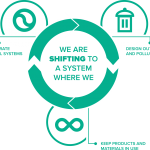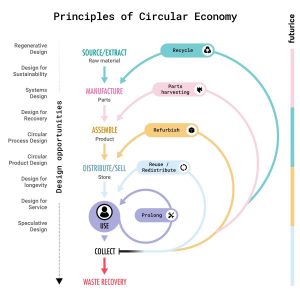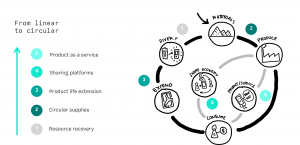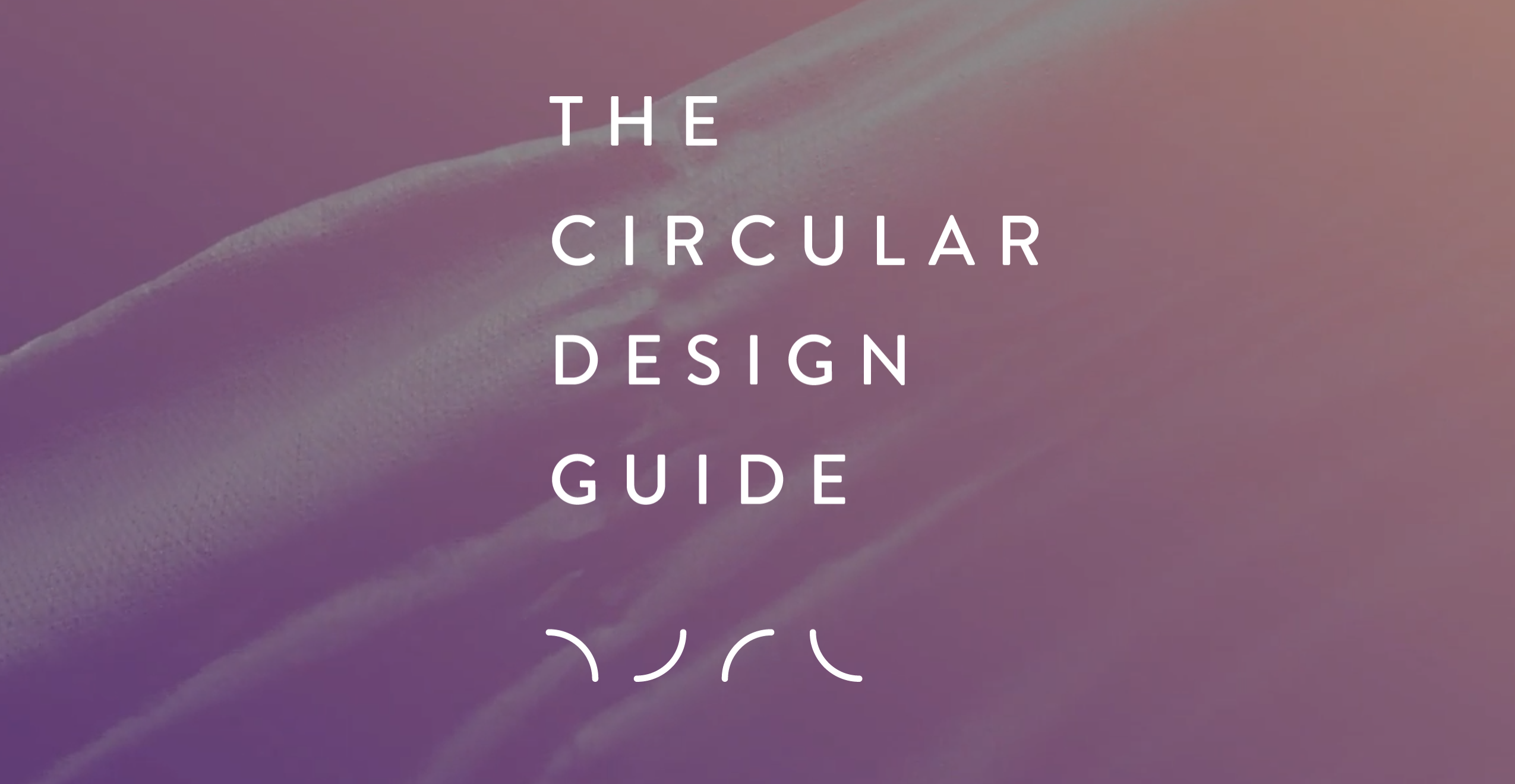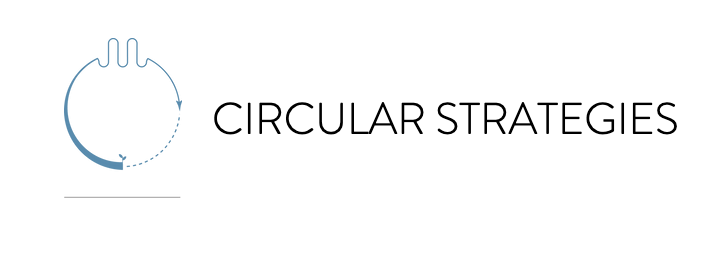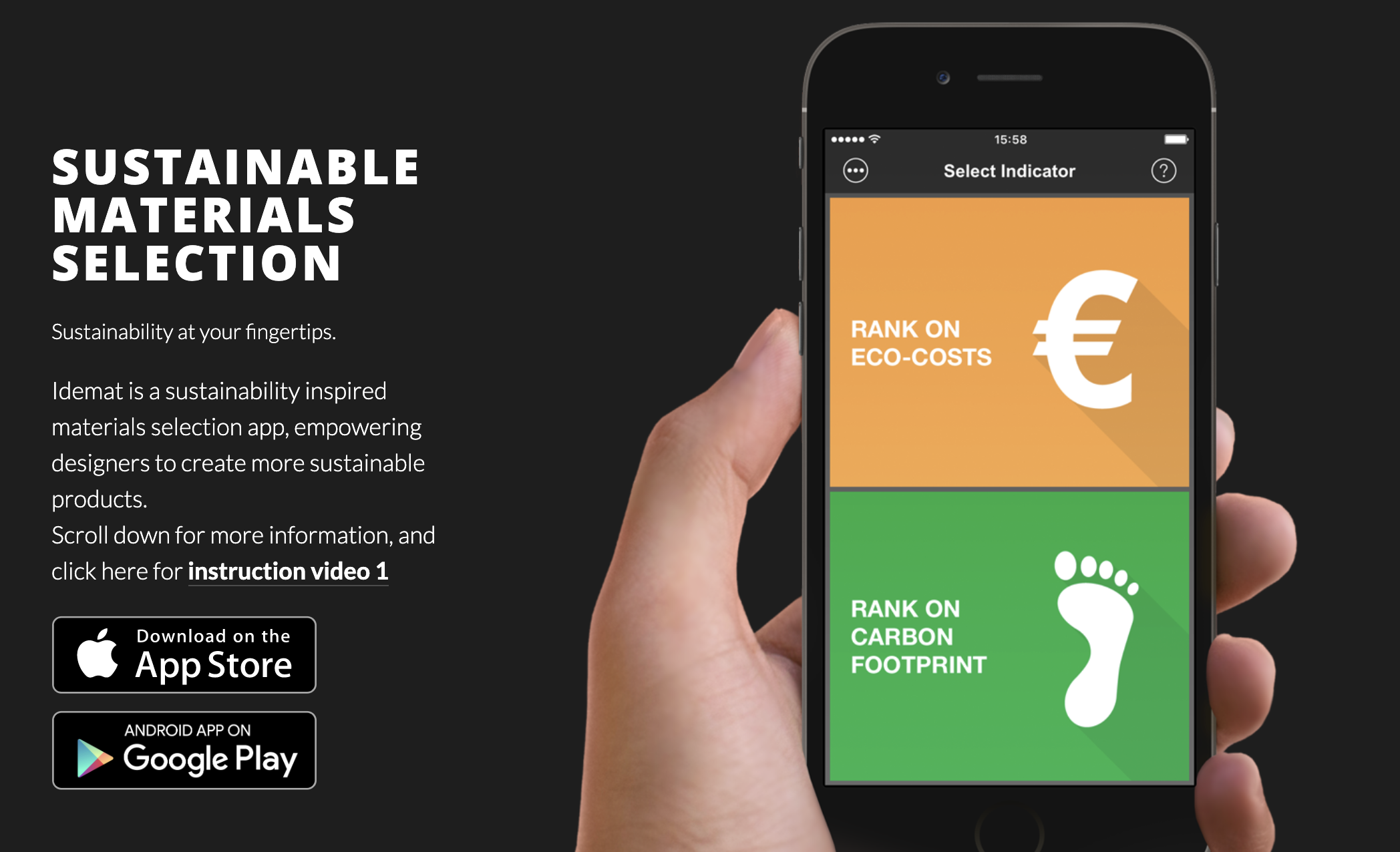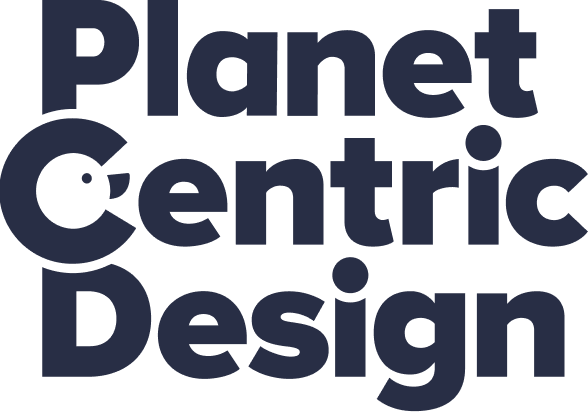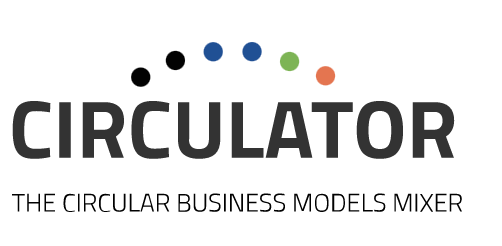leon bucher
Menu
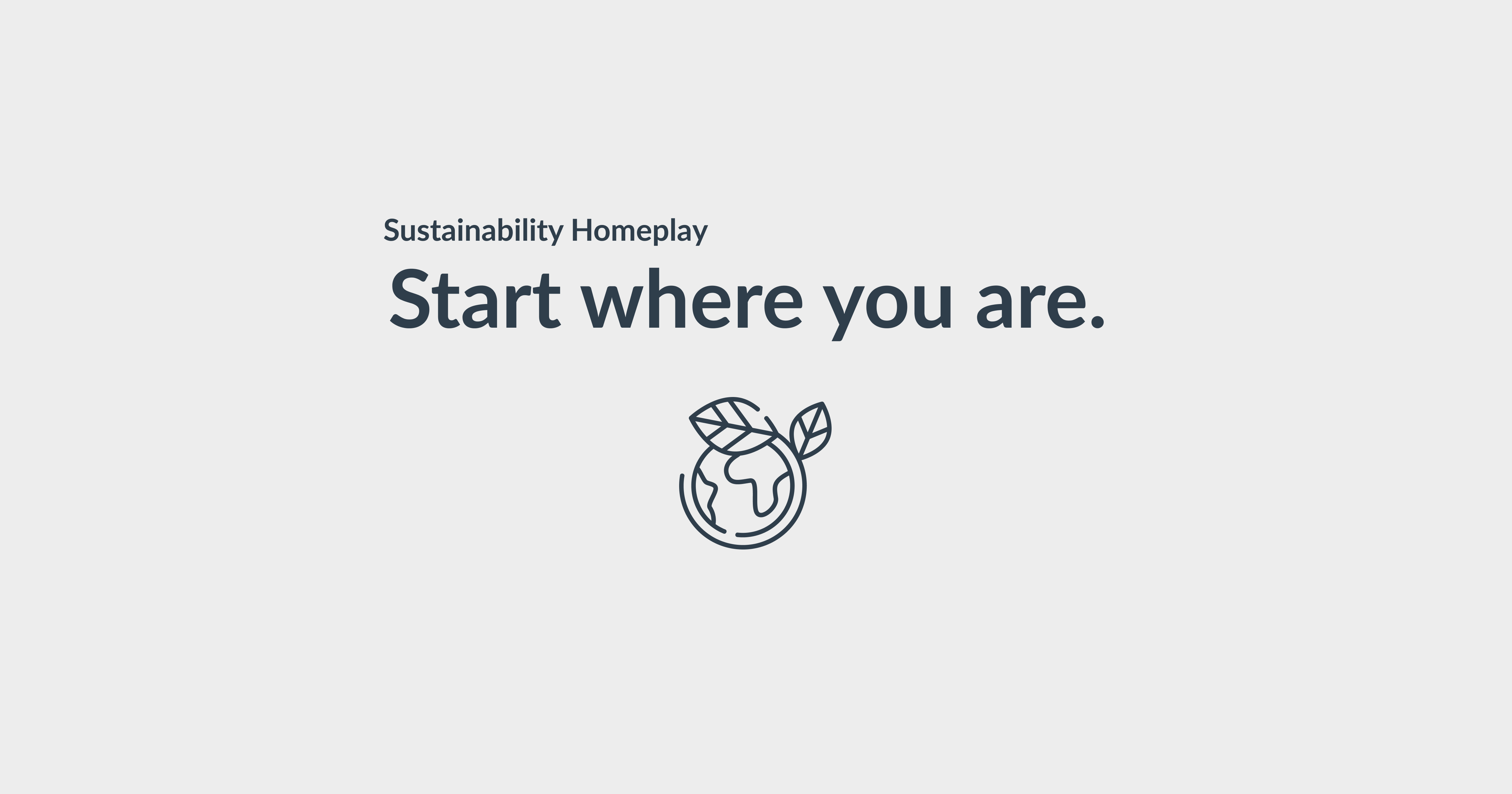
leonbucher
5 steps to start with sustainability in your professional life
- March 2, 2021
- 9:13 am
- sustainability
I was preparing a short introduction into circular design and circular economy for professionals when I stopped at my last slide. It read, “Start where you are”.
There are many many great tools out there, most of them even open-sourced, and I wondered why can’t we just start?
- Is it the overwhelming complexity of the topic once you dip your toes in reading
- Is it the mindset of “I can’t make a difference as an individual”?
- Or is it the “how do I make the first step, how do I get started?”
Maybe it is a bit of all.
So, to clear my own thoughts and process, I wrote down 5 steps on how everyone – no matter their professional background or industry is – can get started. Just to help myself and you to ease into the practice.
My sustainability homeplay
Step #1: Find a weakness.
Read through the Sustainable Development Goals and the principles of a Circular Economy.
Write down one weakness of the feature, product, or service you currently working on and where it interferes with a principle.
Step #2: Explore a strategy.
Look at the design opportunities and strategies to create value in a circular economy.
Pick a strategy and explore it for your feature, product, or business model.
Step #3: Try a circular tool.
Look at different tools available. Which seems to fit your weakness and strategy the best?
Pick a tool and try it in a short session alone or with your team for your product or business model.
Step #4: Set system boundaries.
What are your system boundaries? Do you look at your profession, the supply chain you are part of, the city or region you live, or the planet’s needs?
Define your system boundaries.
Who do you need to get on board with to support change of the system?

Step #5: Define your own motivation.
Coming back to you as an individual with different experiences, skills, and drives. Why do you do what you do? What makes you engage in the sustainability and circular topic?
Write down three short facts why you want to be part of the sustainable journey.
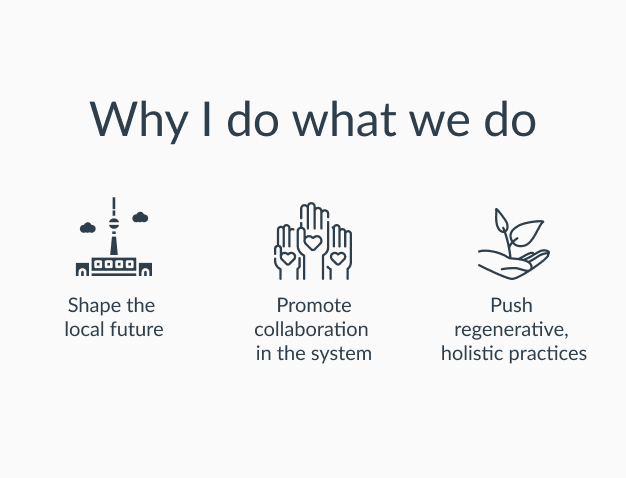
Some final thoughts
The more complex your product, service, or system boundaries are the easier it is to get lost and feel overwhelmed. Try to start with where you are and the product, feature, and environment you are working on and in right now.
For your assurance let me tell you, this is what all of us experience. So, stop, breathe, and do the next best thing. Follow these 5 steps, talk to a partner in crime, or reach out to your network for support.
We are all in this together towards a sustainable future.
The average citizen generally assumes that someone somewhere is going to do something. [...] That someone, as it turns out, is going to have to be ordinary folks like us.
Allan Savory
